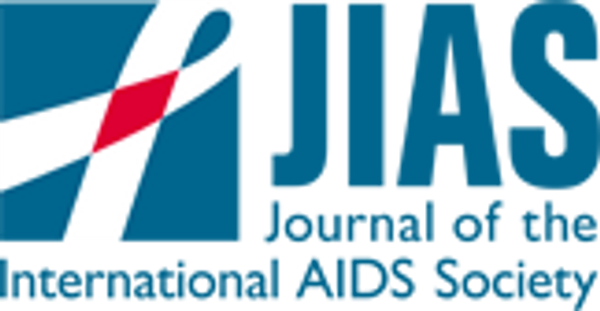Identificación de las barreras estructurales a una respuesta eficaz al VIH: uso de los datos del Índice Compuesto de Política Nacional para evaluar el entorno normativo, jurídico y de derechos humanos
Un grupo de 78 Gobiernos y la sociedad civil de 106 países informan de la existencia de leyes y políticas que presentan obstáculos para que poblaciones clave accedan a servicios de VIH. Más información, en inglés, está disponible abajo.
Suscríbase a las Alertas mensuales del IDPC para recibir información sobre cuestiones relacionadas con políticas sobre drogas.
Attention to the negative effects of structural barriers on HIV efforts is increasing. Reviewing national legal and policy environments with attention to the international human rights commitments of states is a means of assessing and providing focus for addressing these barriers to effective HIV responses.
The Results of this research, conducted by Sofia Gruskin, Laura Ferguson, Tobias Alfven, Deborah Rugg, Greet Peersman, were that “seventy-eight governments and civil society in 106 countries report the existence of laws and policies which present obstacles to accessing HIV services for key populations. The dissonance between laws and how this impacts the availability and use of HIV-related services deserve greater attention.”
Read here the full publication (restricted access)
Keep up-to-date with drug policy developments by subscribing to the IDPC Monthly Alert.
